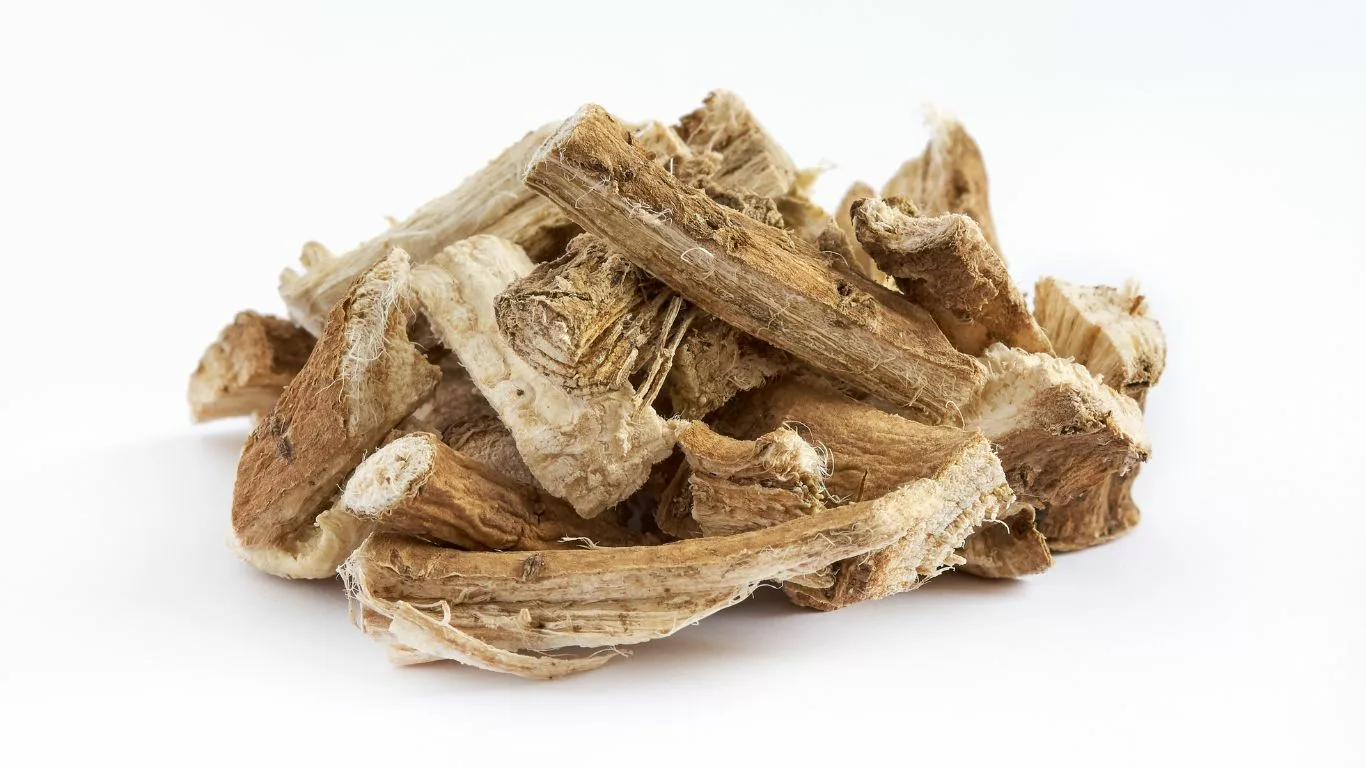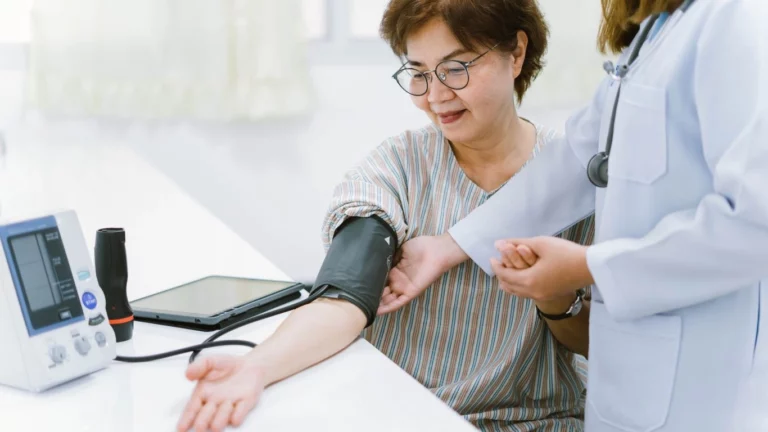Endoscopy for GERD Diagnosis: A Comprehensive Guide
If you’ve been battling acid reflux symptoms that won’t go away, your doctor may recommend a procedure called endoscopy. While the word might sound intimidating, endoscopy is one of the most effective and low-risk tools used to evaluate and diagnose GERD (gastroesophageal reflux disease).
So, what exactly does an endoscopy show? When is it necessary? And what can you expect before, during, and after the test? In this guide, we’ll break down everything you need to know about using endoscopy to help diagnose GERD accurately and safely.
What Is an Endoscopy and How Does It Work?

An upper endoscopy — also called esophagogastroduodenoscopy (EGD) — is a non-surgical procedure that allows doctors to visually examine the inside of your esophagus, stomach, and the first part of the small intestine.
During the procedure, a thin, flexible tube (called an endoscope) with a camera and light is gently inserted through your mouth while you’re under light sedation. The camera transmits real-time video to a monitor, allowing the physician to check for inflammation, damage, or abnormal tissue.
Why it matters:
- Endoscopy can detect signs of esophageal damage caused by long-term reflux.
- It can rule out other conditions that mimic GERD, like ulcers or cancer.
- Doctors can take biopsies during the procedure if needed — pain-free and fast.
This test is not always the first step, but when used appropriately, it offers insights that no symptom checklist or medication trial can match.
When Is Endoscopy Recommended for GERD?

Not everyone with occasional heartburn needs an endoscopy. In fact, many GERD cases are diagnosed and treated based on symptoms alone. However, there are several key situations where endoscopy is the preferred approach:
You may need an endoscopy if you:
- Have persistent or severe GERD symptoms despite medication
- Experience difficulty swallowing (dysphagia) or painful swallowing (odynophagia)
- Notice unintentional weight loss or signs of internal bleeding
- Have had reflux symptoms for many years (especially if you’re over age 50)
- Are being evaluated for Barrett’s esophagus or esophageal cancer risk
If GERD symptoms don’t improve after a few weeks of proton pump inhibitors (PPIs), or if your symptoms are “atypical” — such as chronic cough, hoarseness, or chest tightness — an endoscopy can provide answers.
What an Endoscopy Can Reveal About GERD

GERD affects everyone differently, and not all cases cause visible damage. However, for those who do have changes in the lining of the esophagus, endoscopy is the best way to detect them.
Endoscopy helps identify:
- Esophagitis: Inflammation or irritation of the esophageal lining
- Ulcers: Erosions caused by chronic acid exposure
- Barrett’s esophagus: A precancerous condition that requires monitoring
- Strictures: Narrowing of the esophagus due to scar tissue
- Hiatal hernia: When part of the stomach pushes into the chest
Doctors may also take a small biopsy (tissue sample) during the procedure, even if the tissue looks normal, to rule out microscopic inflammation or other concerns.
Preparing for the Procedure

Endoscopy is usually performed in a clinic or outpatient hospital setting. You’ll receive instructions to stop eating or drinking 6–8 hours beforehand to ensure your stomach is empty.
Most people are lightly sedated during the procedure, which typically takes 15–30 minutes. You won’t feel pain, and you’ll likely rest for about an hour afterward before going home the same day.
Quick recovery tips:
- Bring someone to drive you home after sedation
- Plan to rest for the remainder of the day
- Resume normal diet and activity as advised
Your doctor will either share results the same day or contact you shortly after if biopsies were taken. The whole process is smooth, low-risk, and incredibly informative.
How Endoscopy Fits Into Your GERD Diagnosis Strategy

Endoscopy doesn’t always replace other reflux tests — it often complements them. In some cases, a patient may undergo pH monitoring or esophageal manometry in addition to endoscopy, especially if surgery is being considered or if symptoms don’t clearly match visible findings.
If you want a broader understanding of how endoscopy fits into the overall GERD diagnosis process — including symptom-based tools, pH studies, and esophageal motility tests — check out our full guide here: Effective GERD Diagnosis Methods.
This expanded overview helps you understand not only what each test does, but how doctors decide which one is right based on your unique reflux profile.

Camellia Wulansari is a dedicated Medical Assistant at a local clinic and a passionate health writer at Healthusias.com. With years of hands-on experience in patient care and a deep interest in preventive medicine, she bridges the gap between clinical knowledge and accessible health information. Camellia specializes in writing about digestive health, chronic conditions like GERD and hypertension, respiratory issues, and autoimmune diseases, aiming to empower readers with practical, easy-to-understand insights. When she’s not assisting patients or writing, you’ll find her enjoying quiet mornings with coffee and a medical journal in hand—or jamming to her favorite metal band, Lamb of God.






